With consumer desire for speed and efficiency driving new payment technologies, here are the top trends retailers should focus on.
When I look back at 2018, I’ll remember the highs and lows of the World Cup, the long summer and the hysteria surrounding the royal wedding.
But for retailers it was a year of turbulence.
Bricks-and-mortar stores especially struggled, battling high rental costs, a shift in consumer behaviour to experience-led purchases and competition from online stores.
Efficiency and experience are two key areas retailers must focus on to attract customers and increase spend, as outlined in Retail Week's new report The Cashless Society, in partnership with Worldpay.
Technology is essential to this process, especially when considering the following payment trends for 2019.
Download The Cashless Society today to find out:
- The changes in consumer behaviour driving cashless payments
- How digitising in-store payments can increase average shopper value
- What retailers need to do now to prepare for a cashless society.
Trend 1: Mobile payments on the rise
Mobile payments are fast approaching a tipping point, with the number of consumers spending via smartphones accelerating.
According to the latest consumer spending data from Worldpay, 63% of shoppers believe phones will replace physical cards as their main payment method in five years.
Smartphones have already replaced many physical items, such as maps and cameras – it is only a matter of time before there is no real need for separate payment cards either.
Smartphones could also offer greater potential for connecting purchases with loyalty, an opportunity retailers should be thinking about.
“Smartphones have already replaced many physical items, such as maps and cameras – it is only a matter of time before there is no need for cards either”
Trend 2: Checkout-free shopping
40% of consumers Worldpay surveyed found queueing to be the most frustrating part of the shopping experience.
Amazon Go may have grabbed the headlines, but many brands are now working on checkout-free concepts, such as Nike launching checkout-free payment in-store via their app.
63% of consumers surveyed said that checkout-free stores would make visiting retailers more engaging or desirable.
While removing checkouts might seem drastic, it offers the advantage of freeing staff up to engage with customers.
Implementing a mobile point of sale (MPOS) acts as an intermediate step between customers queueing up at a fixed till and a completely checkout-free experience, allowing for cross-selling and upselling opportunities.
MPOS can also help reduce the number of missed sales as out-of-stock items can be ordered online with the customer and payment taken up front.
Using MPOS for click-and-collect can then create additional purchases when customers visit the store to collect their pre-ordered items.
Trend 3: Paying with your voice
Our research found that one in three consumers would be happy to authorise a payment using voice recognition through their phone or home device.
Worldpay's Consumer Behaviour and Payments Report 2018 found that 77% of consumers who own a voice-activated digital assistant, such as Alexa or Google Home, already have a payment option connected to it.
These artificial intelligence tools will be able to make personalised recommendations based on previous purchase history, answer any order queries using data and provide a seamless customer experience by handling purchases in a frictionless manner.
“One in three consumers would be happy to authorise a payment using voice recognition through their phone or home device”
One thing is for sure: in a difficult operating environment, retailers need to get the customer experience right.
Technology can help, but the investment required means that retailers should carefully analyse each key customer journey touchpoint to truly understand how to improve efficiency and enhance the customer experience.

Vivek Singh is strategic sales director at Worldpay
Download Retail Week's free report The Cashless Society today.





















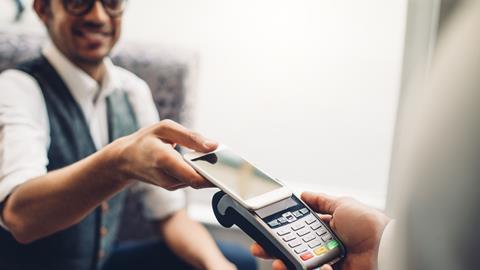





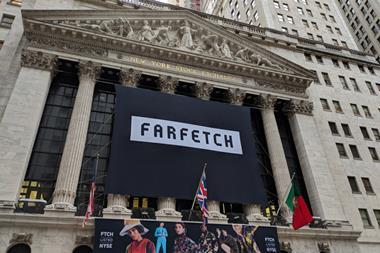
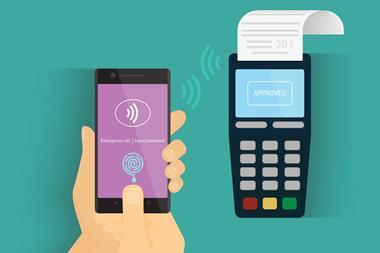
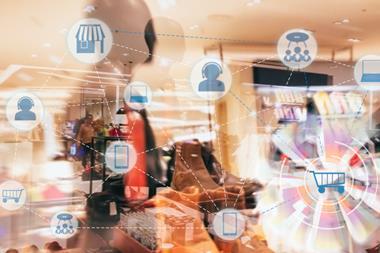
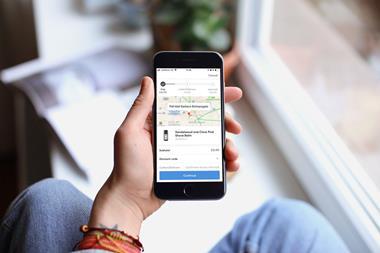
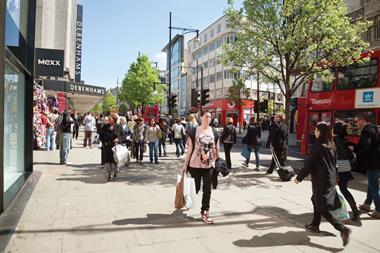

No comments yet